By Peter McQuarrie
At dawn on November 20, 1943, U.S. Marines unleashed their first amphibious attack in the Central Pacific Theater. This was a daylight landing on the beaches of Betio Islet, Tarawa Atoll, in the Gilbert Islands.
The Japanese fortress at Betio was said to be the most heavily defended, acre for acre, of any that Allied forces would encounter in the Central Pacific and the cost in human lives was high. Many Americans were killed before they could make it ashore; they died in the atoll’s lagoon while wading toward the beaches. In total, more than 6,500 men died in the battle. The majority, 4,600, were Japanese; 1,900 Americans died, most of them Marines but the total including U.S. Army and Navy personnel.
The Americans learned bitter lessons in this first amphibious operation, lessons that helped them to develop the art of amphibious assault, which they continued to improve upon during the final two years of the war at other famous Central Pacific battles: in the Marshall Islands, the Marianas, Iwo Jima, and Okinawa. One of the lessons of Tarawa was that reliable radio communications were vital in order that commanders could communicate with the ships, aircraft, tanks, landing craft and infantry taking part.
The story of the Battle of Tarawa has been told many times in books and documentary videos. All of these mention that poor radio communications were a factor that contributed to the difficulties faced by the Americans, prolonged the fighting, and increased the death toll.
Crucial to the communications network was the battleship USS Maryland, the command- and-control ship of the operation. Maryland was nearly 30 years old. She had been badly damaged in the attack on Pearl Harbor and now returned to service at Tarawa, repaired and refitted. But new radio equipment had been added just before Tarawa, and there had been no time to test it under battle conditions prior to the actual assault. The radios were not shockproof, and it was found that every time Maryland’s 16-ianch guns fired a salvo, the shock completely knocked out her ship-to-shore radio communications. As a result, the ship’s radio equipment needed constant repair throughout the battle. The consequent delays in communication made the control of naval gunfire and air support difficult.
For the fighting men on the island, radio communications were even more of a problem. The Marines had two types of portable radios sets, designated the TBX and the TBY.
The TBX was an old, some say “antiquated,” transceiver, well-proven in some ways but not fully waterproof. The individual modules making up the TBX system were housed in cast-aluminum cases with rubber gaskets around the edges of covers that were screwed down when the radios were transported. These covers made them splash-proof, but they were not designed to withstand complete submersion in water. Many of these radios were made useless when they became soaked in seawater during the landing.
The TBX was described as a “field portable radio,” but unlike modern portable radios, which weigh a few ounces, the TBX was comprised of several heavy modules. Four men were required to carry the complete set. The basic radio weighed 30 pounds. Then there were heavy batteries or an alternative hand-crank generator, the large antenna, plus interconnecting cables and accessories. Altogether it weighed over 100 pounds.

The TBX operated in the longer-wavelength part of the shortwave band, and consequently the whip antenna needed to be long—24 feet. This antenna made the radioman a conspicuous target for enemy snipers.
In spite of the difficulties in transporting and operating the TBX sets, a few did make it to shore in working condition. Sergeant Elwin B. Hart, whose rank had risen to colonel by the time he retired from the Marine Corps in 1974, kept his TBX going for the whole three days of the battle. Hart was the head of a TBX team in 2nd Battalion, 8th Marines, who had landed in the second or third wave of landing craft. They landed without damage to the TBX and set up what apparently was the only operating TBX station on the island, and relayed all messages to and from division headquarters for the entire duration of the battle. Later a second TBX station came on the air and provided communications to supporting naval gunfire ships.
The TBY had been designed specially for US Naval/USMC landing operations. It operated in the VHF (Very High Frequency) portion of the radio spectrum and so could work efficiently with a short vertical antenna. Another advantage it had over the TBX was that it had its own internal battery power pack and was a self-contained unit that could be worn as a backpack. It could thus be transported and operated by one man instead of four. And it was less than half the weight of the TBX. In the early 1940s, the decade before the silicon age dramatically miniaturized radio equipment, the TBY was state-of-the-art in small, portable radio equipment.
One important weakness was that it had not been well-tested and proven on the battlefield; the first field use of the TBY radio was at Tarawa. The case of the TBY was made from sheet metal, folded into shape. It had many holes and controls passing through where water could enter its circuits inside. The battery compartment was not sealed off from the radio itself, and if the battery compartment flooded, water could easily flow through to the radio. So, it was not waterproof—not even splash-proof. There were later many comments in the after-action reports about the lack of water-resistance. For example:
“… This landing team suffered one hundred (100) percent failures in the TBY radios due to the fact that these sets are not water-proof,” wrote Lieutenant L.C. Hayes Jr., commanding officer of 1/8 USMC. A Marine Corps radio operator at Tarawa, 17-year-old William Dodson Smith, commented, “The TBY that each company had was not worth 2 cents.”
The Navajo Code Talkers had TBY radios at Tarawa, but there is no indication that they were able to successfully communicate with them.
The high-VHF frequency circuits used in the TBY were inherently unstable, and so the sets were difficult to tune, and they would drift off frequency. A large improvement would have been to use quartz-crystal control of the channels, but because of the urgency brought about by the war, there was no time to have crystals made to the required frequencies. The radios were therefore produced with only manual tuning dials. But even then, the dials were not calibrated directly in frequency. Operators needed to use a calibration chart to relate the numbers on the dials to the desired transmit-and-receive channel frequencies, something not easily done in the heat of battle. After Tarawa, the TBY was never used in battle again.
After the war, surplus TBY radios were sold to amateur radio enthusiasts who used them on the amateur bands. The amateurs would first convert the TBYs to crystal-controlled operation to stabilize the frequencies.
Another area of communications difficulty at Tarawa was interaction between infantrymen and tanks. At Tarawa, there were 14 tanks of Company C, 1st Corps Medium Tank Battalion, led by 1st Lieutenant Edward L. Bale in his tank China Gal. The tanks were equipped with an old type of radio set designated RU-GF, with a separate receiver (RU) and transmitter (GF). These radios were very basic and of an ancient design, first produced in 1932. There were several versions of the RU-GF, but for some reason the version installed in the tanks at Tarawa was an aeronautical model not compatible with the infantry’s TBY radios, as they operated on different wavelengths.
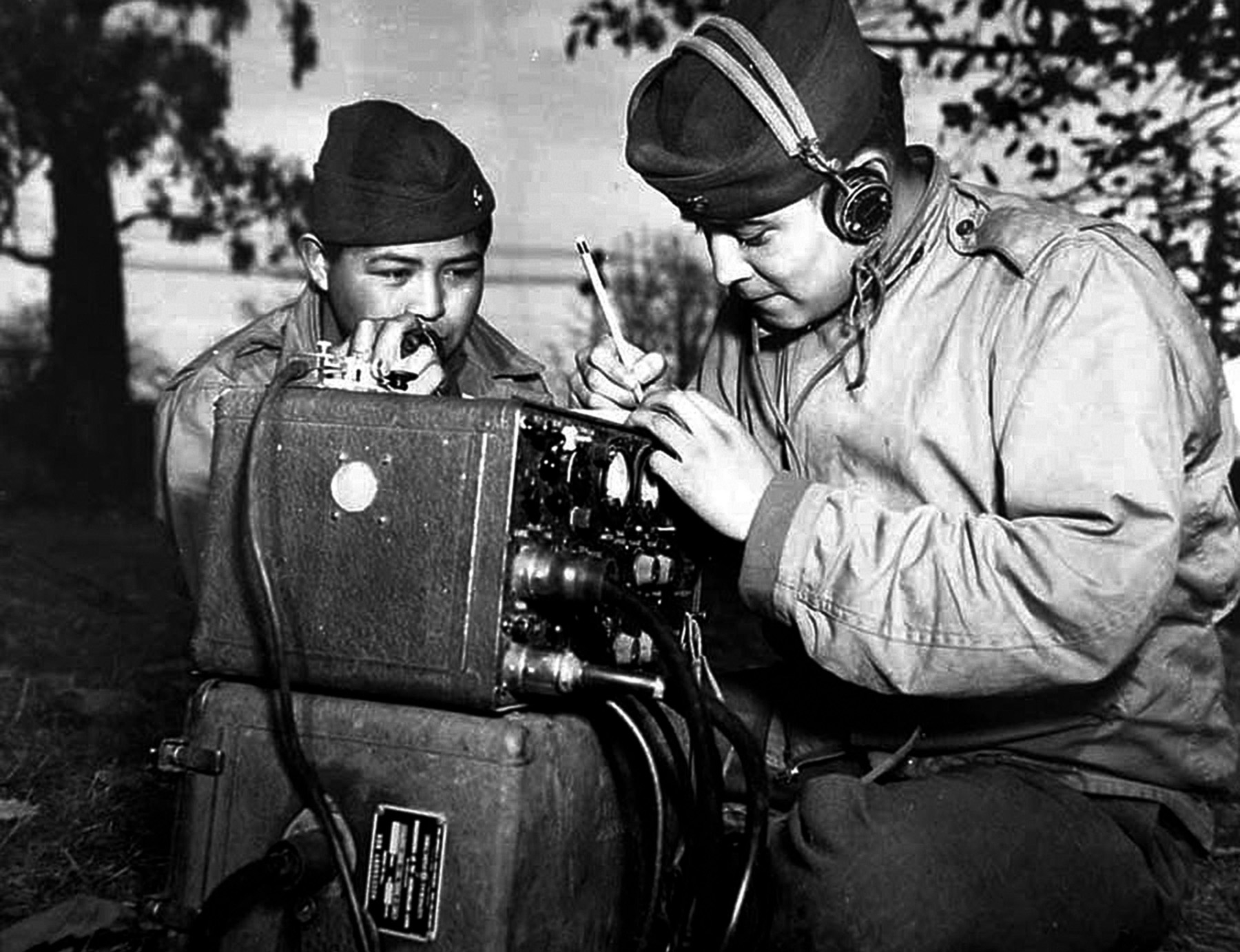
In fact, one of the three bands that the RU-GF operated on was a navigational-beacon band not used for voice transmissions at all, and previous use of the receivers had primarily been for direction-finding in small naval aircraft. The RU-GF was obsolete equipment, no longer in service anywhere in the Navy.
It was found after landing on Tarawa that the radios were not suitable for communications either between tanks and infantry or tank-to-tank. It has been said that the CO of the company could broadcast to all, but his platoon leaders could not reply, as their tanks had been fitted with only receivers (RU) and had no transmitters (GF). However, this is refuted by Ed Bale, who has confirmed that all tanks were fitted with both transmitters and receivers.
The unreliability of the old equipment was probably the major cause of the failed communications. The vacuum tubes used in the RU-GF radios were large and not robust enough to withstand the shocks and vibrations encountered in a tank during a battle. It was reported that complete lack of communications between tank and infantry was the main cause of tank losses on the first day of the battle.
In reality, the tanks’ RU-GF equipment and the TBX radios were capable of communicating with each other, as they had a common band of 3 to 4.5 Megacycles. But there were only one or two serviceable TBX radios on Tarawa, and these were preoccupied with other work. No prearranged frequencies or times had been made for communicating with tanks, and the tanks’ radios were difficult to operate when changing between frequency bands. The equipment was supplied with a box of plug-in coils, and coil-changing and re-tuning was required each time.
A recommendation that came out of Tarawa was that tanks needed to be fitted with radios which could communicate directly with infantry and that training with tanks and infantry operating together was needed. A further recommendation was that telephones should be added to the outsides of tanks to make it possible for infantry to talk with the crew inside.
Apparently, none of the LCVP and LCM landing craft were fitted with any type of radio. But some of the Amtrac (LVT) vehicles were. A few of the LVTs at Tarawa were fitted with the same RU-GF radios as the tanks, but there was no intention that the tanks and LVTs would communicate with each other. The radios in the LVTs were for communicating back to their HQ Section, and it was reported that some communication was successful. Radioman Pfc. Bill Haddon was aboard an LCM that had gotten stuck on a reef. He set up his TBX radio and successfully communicated with an Amtrac.
The HQ Section had a radio Jeep fitted with a TCS radio transceiver. The TCS was a more modern design than the RU-GF and far more selective in its tuning, making it easier to operate. But because the exposed reefs and low tides made the landing of vehicles difficult at Tarawa, no attempt was made to land the radio jeep, and it remained on board ship throughout much of the battle. When the jeep finally came ashore, it was on the pier for only a short time before that part of the pier collapsed, taking the jeep into the lagoon.
In addition to radio equipment, the Marines did have landline telephones with them at Tarawa, but many of these were also destroyed by seawater. The Marines deployed EE-8 Portable Field Telephones at Betio. These could be operated by their own internal batteries or they could be connected to a central switchboard at the command post. They had a maximum range of 10 to 15 miles, depending on the type of copper wire used to interconnect them, and they weighed approximately 10 pounds in their portable carry cases.
Dean Woodward was a Pfc. Radioman in 2/18, on Tarawa. His team operated the TBX radio for Colonel David Shoup at the command post near the pier. Dean’s specific task during the battle was “… repairing EE-8’s that had been messed up by the salt water on the way in. I checked them out and found that if I rinsed them in fresh water and then dried them out they worked fine. I fixed maybe 40–50 during the battle.”
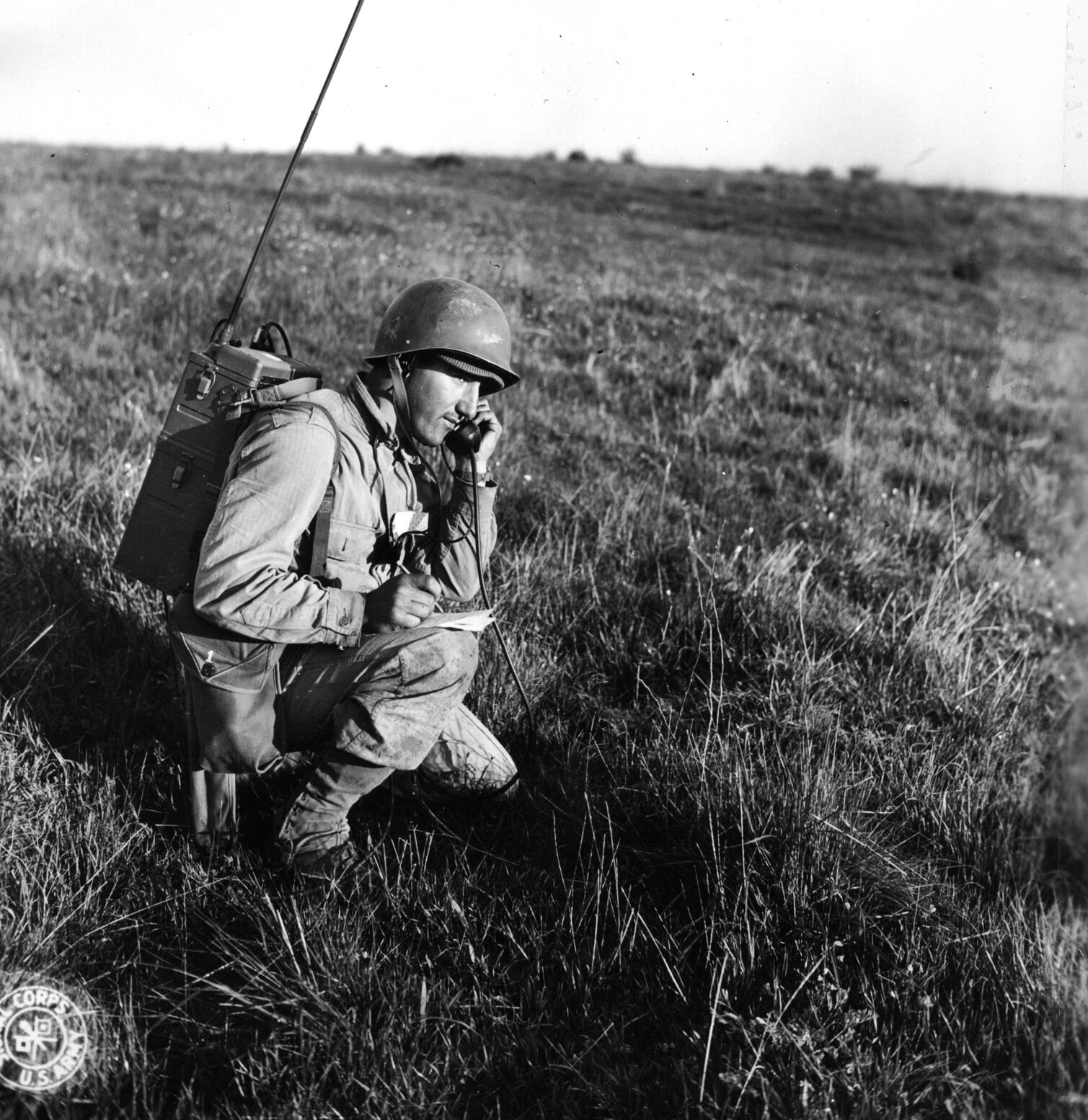
Elwin Hart also had a landline telephone over which he received messages to relay via his TBX radio. Hart later explained, “I had an EE-8 connected to our battalion switchboard and talked every day with Captain John Bradshaw at RLT-2 HQ.”
Overall, the failure of telecommunications at Tarawa can be summed up by the comments of Captain McWethy, 1/8 Marines, in his after-action report: “We lost all our TBYs in the water. All [EE-8] telephones were ruined. Two TBXs were landed, one of which was used for air liaison. Each assault company had four hand-set radios (MUs), and they were all put out of commission by the saltwater.”
Most of the communications problems on Tarawa were eventually solved. As far as portable infantry communications were concerned, the answer came nearly one year after the Battle of Tarawa.
Motorola had been working on the development of a new FM (Frequency Modulated) transceiver since 1940. There are advantages of FM over AM (Amplitude Modulation) in that most unwanted noise in a radio system, both natural and man-made, is produced as amplitude variations. The new FM transceivers were immune to amplitude noise and thus far quieter than their predecessors.
The Motorola SCR-300, the first “Walkie-Talkie,” proved to be everything the TBY was not. Not only did it operate on FM, but also the frequency was crystal-controlled, and it had a single switch to change both receiver and transmitter channels. Furthermore, it used automatic-frequency-control circuitry to keep it locked on frequency and a squelch control that silenced the receiver noise unless signals were actually being received. The set was constructed with cast aluminum compartments and rubber seals, making it far more water resistant. The total weight, including batteries, was only 33 pounds.
In combat the SCR-300 proved to be durable, easy to operate, and reliable. After Tarawa, when FM radio equipment was installed in tanks, it became possible for tanks and infantry to talk directly with each other. Tanks were commonly fitted with a modified SCR-300 infantry radio, called an AN/VRC, which was mounted inside the turret. An alternative was the SCR-508 tank radio, which had crystal frequency control and FM modulation.
The British became aware of the qualities of the SCR-300 and began producing it in Britain in 1948 with the name “Wireless Set No 31.” They used these radios throughout the 1950s, and NATO also adopted them.
Author Peter McQuarrie has previously written for WWII History on World War II in the Pacific. He resides in New Zealand.
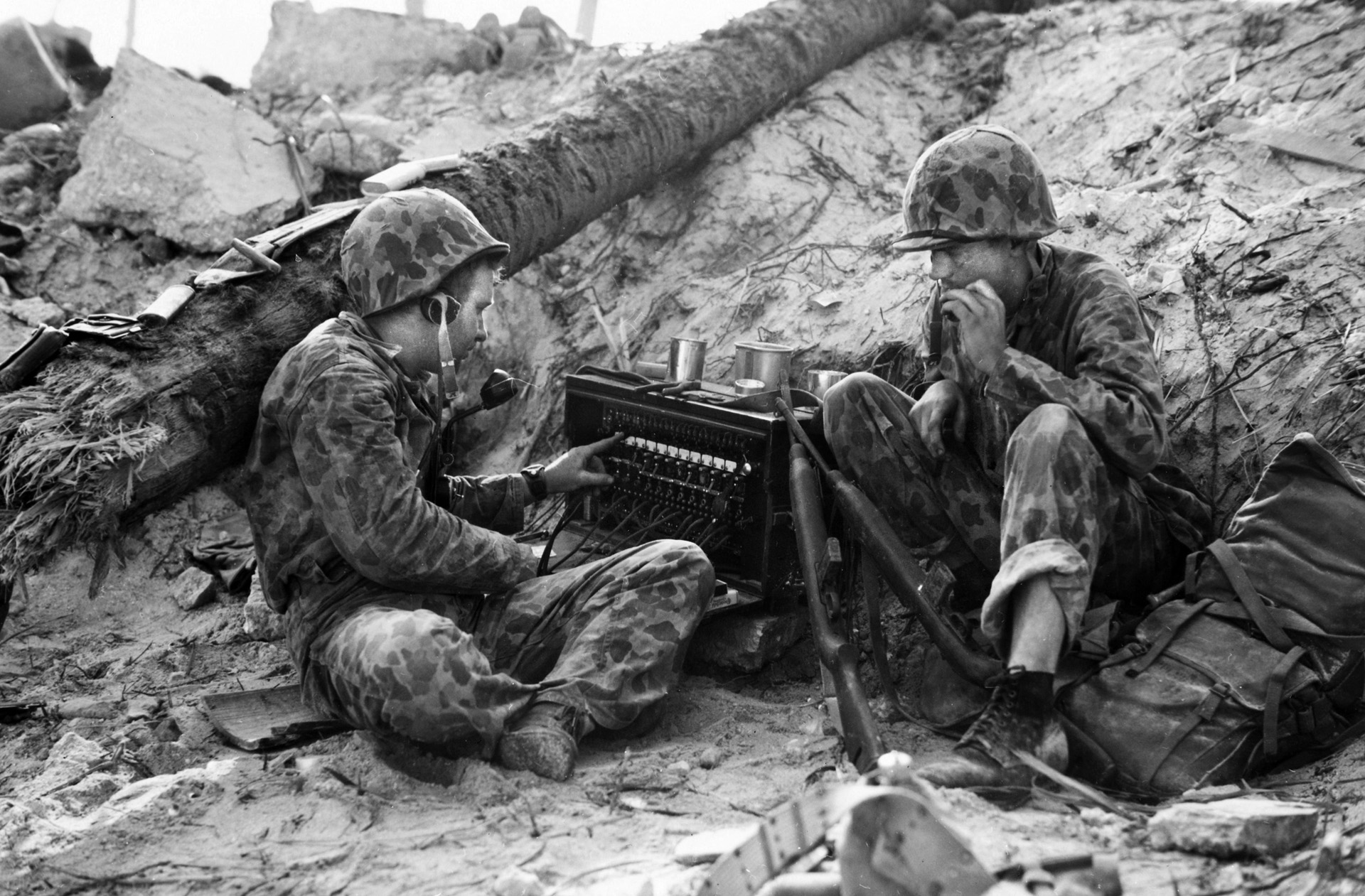
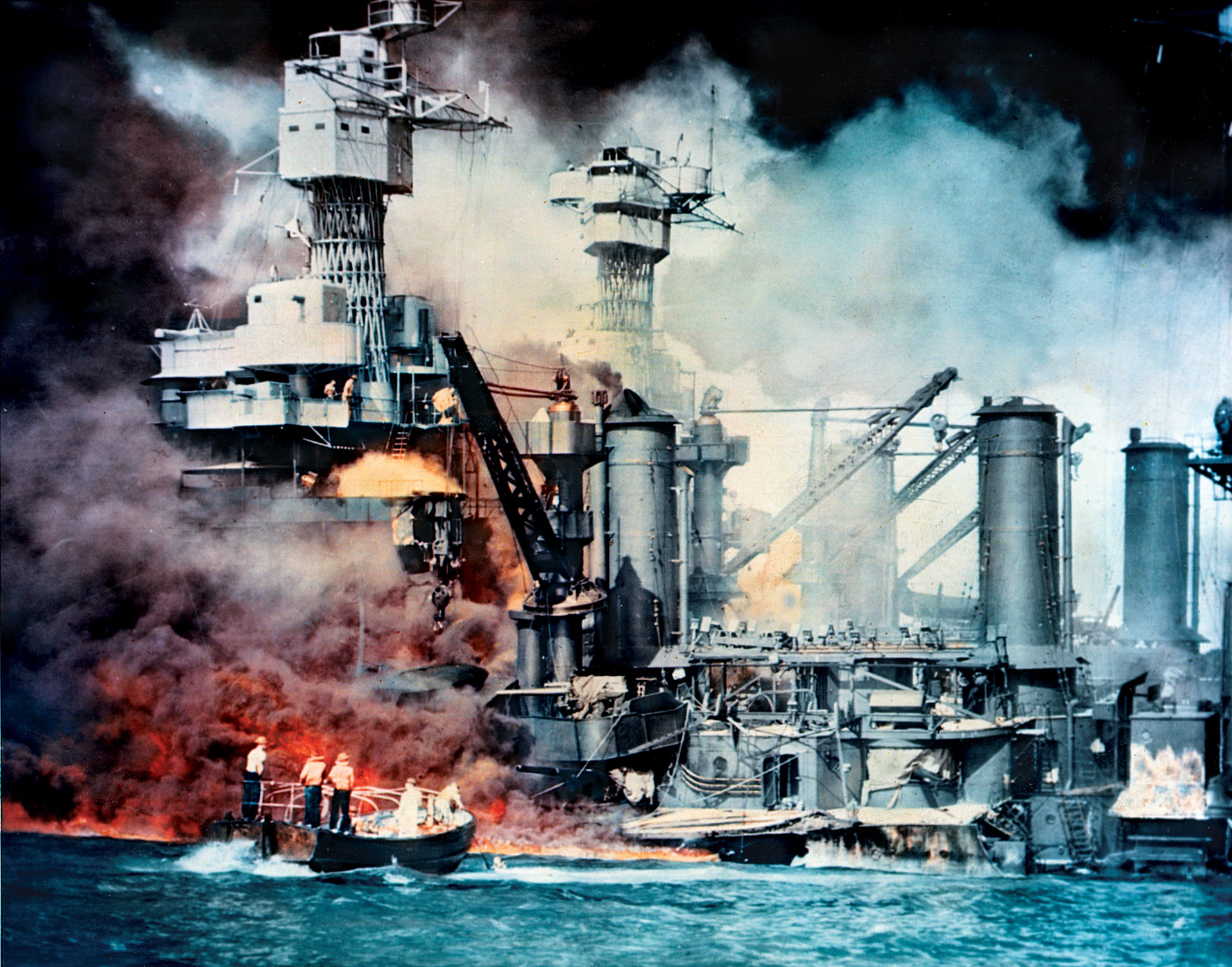
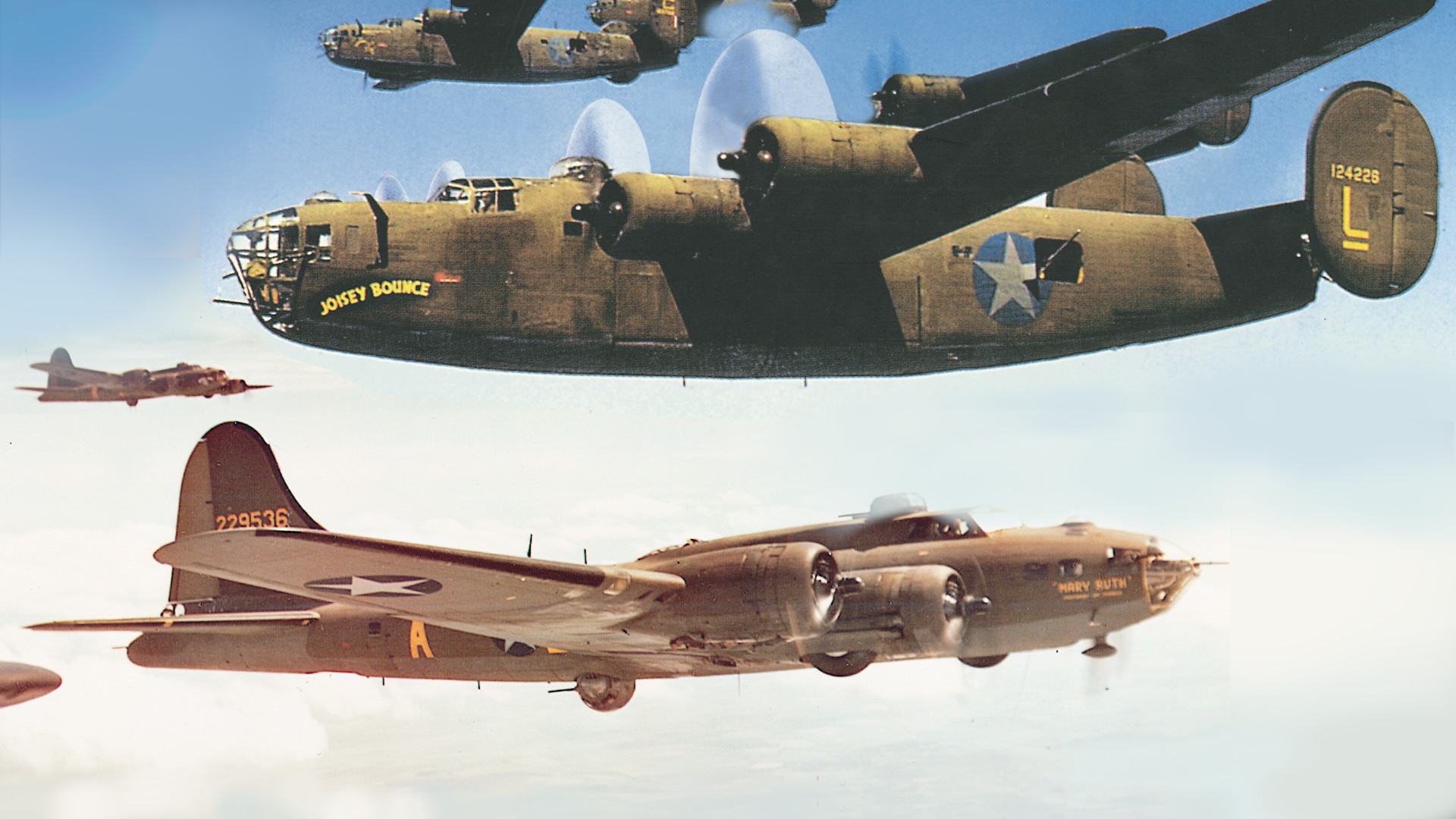
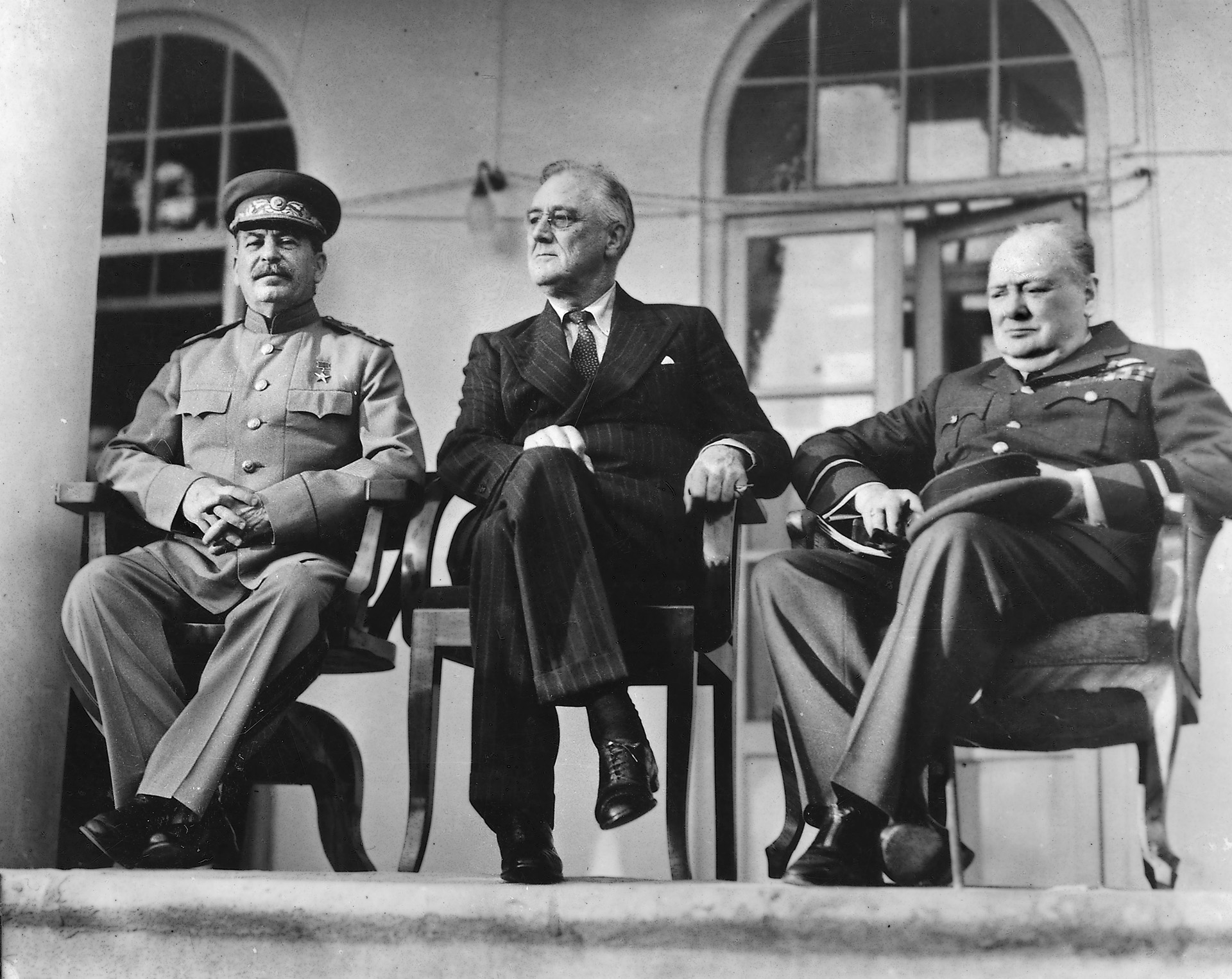
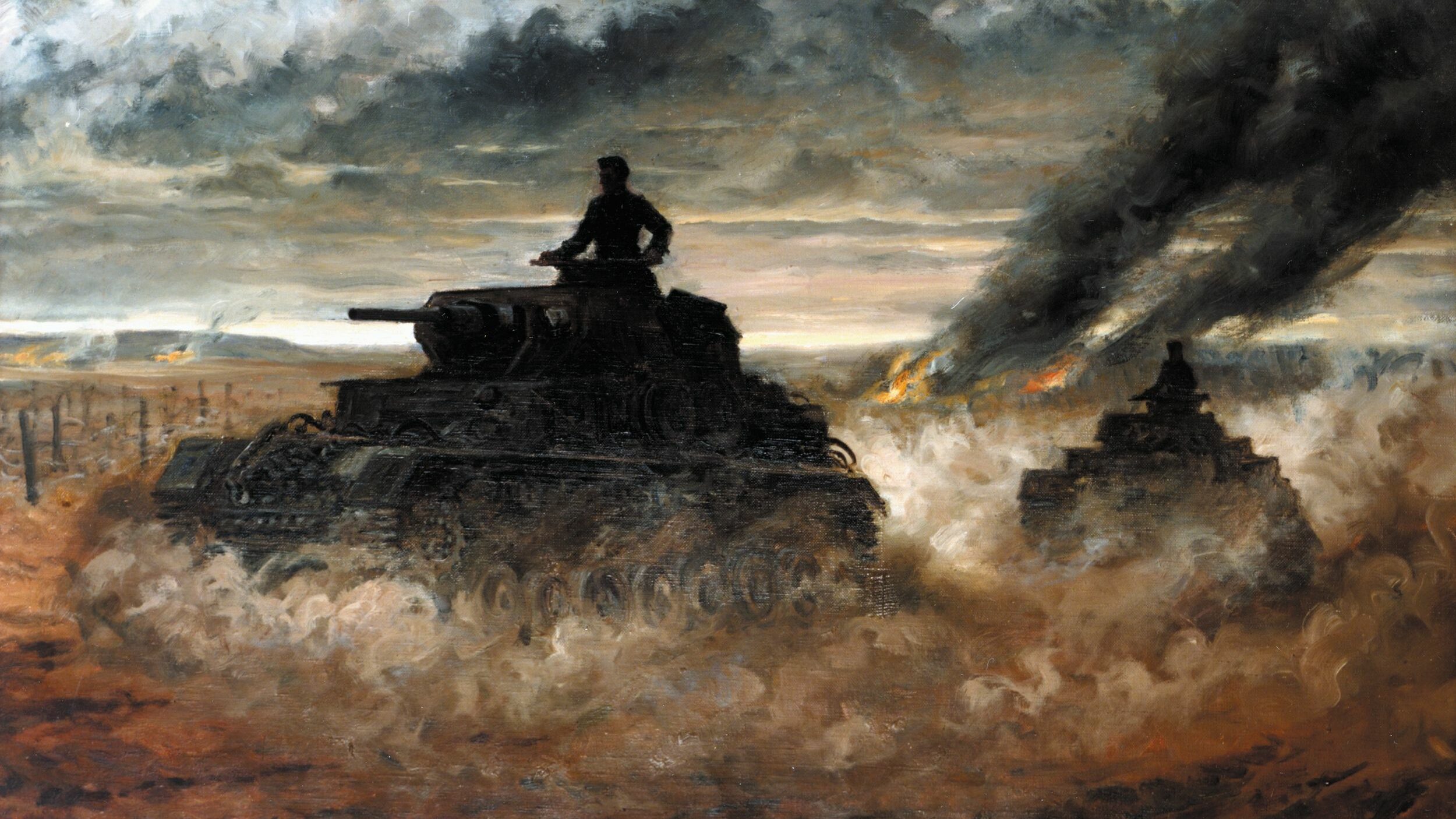
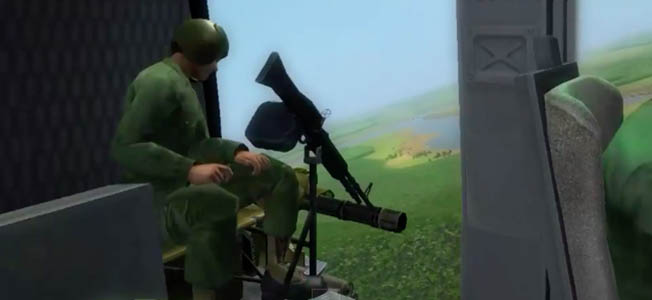
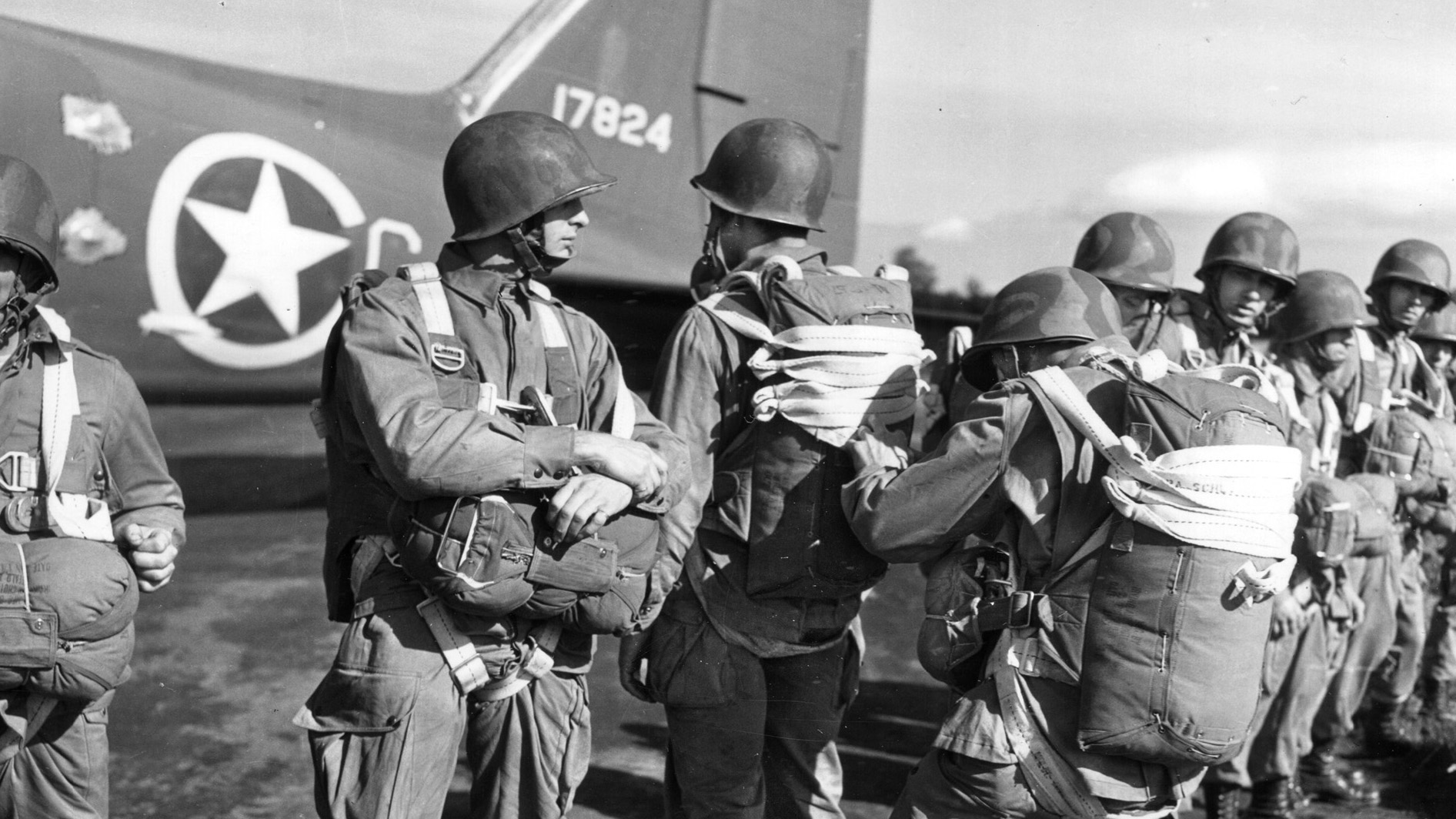
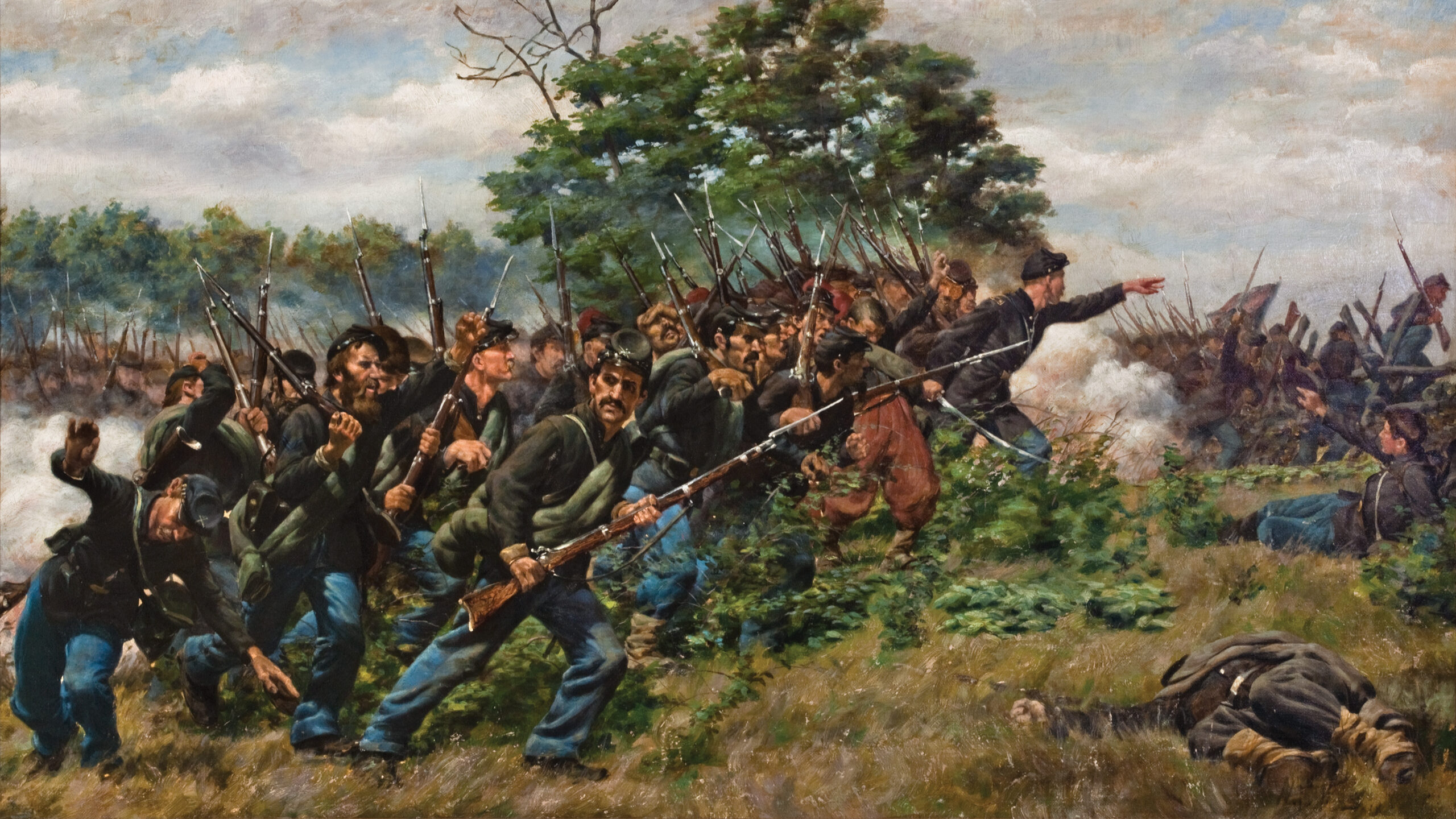
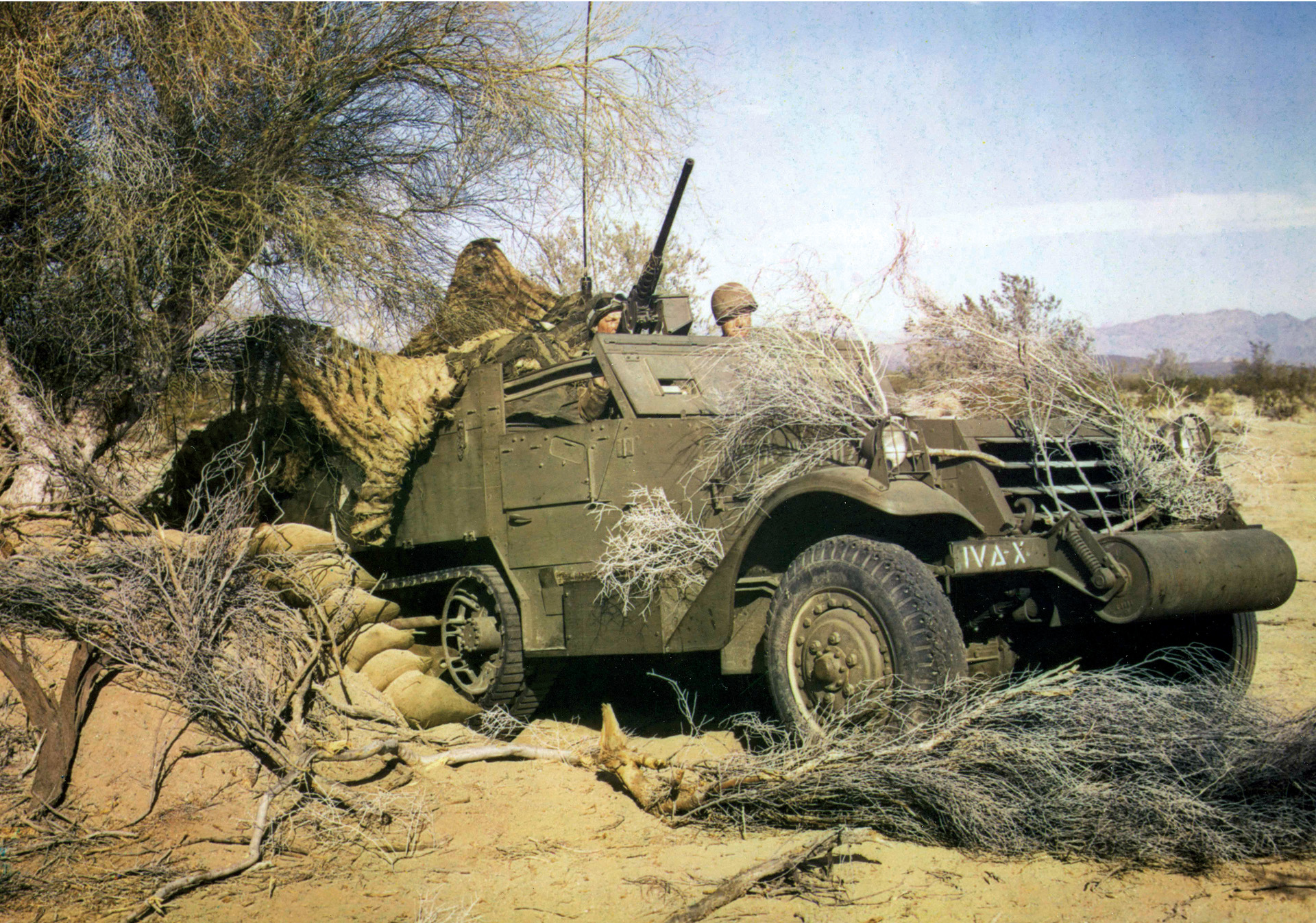
Join The Conversation
Comments
View All Comments